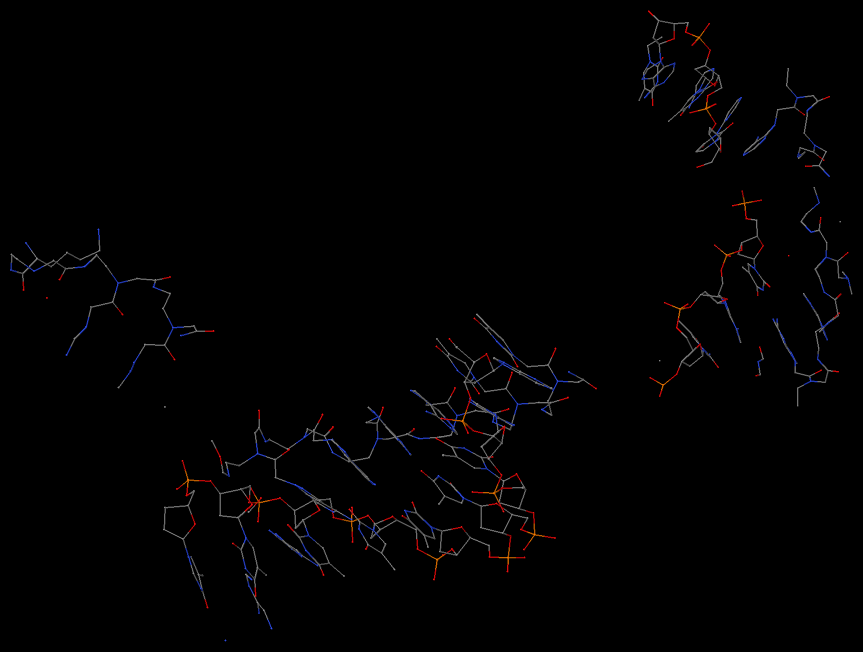From the information you provided, 3DNA is clearly
not properly setup in your Windows system. I was confused how you could run
find_pair etc.
You said you used the compiled version of 3DNA for MinGW/MSYS, so why not you launch a
MinGW Shell?
C:\Users\triindia>cd C:\X3DNA\3DNA bin
You have a directory named
3DNA bin? A space between
3DNA and
bin?
In my MinGW Shell, this is the output from 3DNA v2.1beta setup script.
$ x3dna-v2.1beta/bin/x3dna_setup
Unknown shell: not-set -- you've to set X3DNA and PATH manually:
o set up the X3DNA environment variable
o add $X3DNA/bin to your command search path
Setting up 3DNA should be a straightforward process. If you have
technical problems, ask a local expert for help, or post them at
the 3DNA forum.
I installed 3DNA under directory
$HOME/x3dna-v2.1beta. So I have created a text file (named
set-me-up), with $X3DNA environment variable and X3DNA/bin path set explicitly as below:
export X3DNA=$HOME/x3dna-v2.1beta
export PATH=$X3DNA/bin:$PATHThen I can run the following (note it is a
dot at the beginning):
. set-me-upand you will see the following when run the "
blocview -h" command:
~ [237] blocview -h
===========================================================================
SYNOPSIS
blocview [OPTION]... PDBFILE
DESCRIPTION
Generates a schematic image which combines base block representation
with protein ribbon. The image has informative color coding for the
nucleic acid part and is set in the "best-view" by default. Users need
to have MolScript, Raster3D and ImageMagick properly installed on their
system.
-o use original coordinates contained in the PDB data file
-j output image in JPG format (default to PNG)
-t[=]RESOLUTION create PyMOL ray-traced image at RESOLUTION
-d display the generated image using "display" of ImageMagick
-b ball and stick model with filled base ring
-c clean up temporary common files
-r only backbone P atoms + base Ring atoms of nucleic acids
-p set the best view based on Protein atoms
-a set the best view based on All atoms
-s[=]NUM set scale factor for the image
-i[=]IMAGE set image file name (default to t.png)
-x|y|z=ANGLE rotation around x, y, or z-axis by ANGLE degrees
PDBFILE a PDB data file name (other than 't.pdb')
EXAMPLES
blocview -d -i=bdl084.png bdl084.pdb
AUTHOR
3DNA v2.0 [June 8, 2008] (by Dr. Xiang-Jun Lu; 3dna.lu@gmail.com)
Check URL: http://x3dna.org/ for the latest
===========================================================================
If the instruction still does not make sense to you, your best bet may be to consult a local expert for setting up 3DNA. Alternatively, you can try
w3DNA: the web-interface to commonly used functionality of 3DNA.
Xiang-Jun



